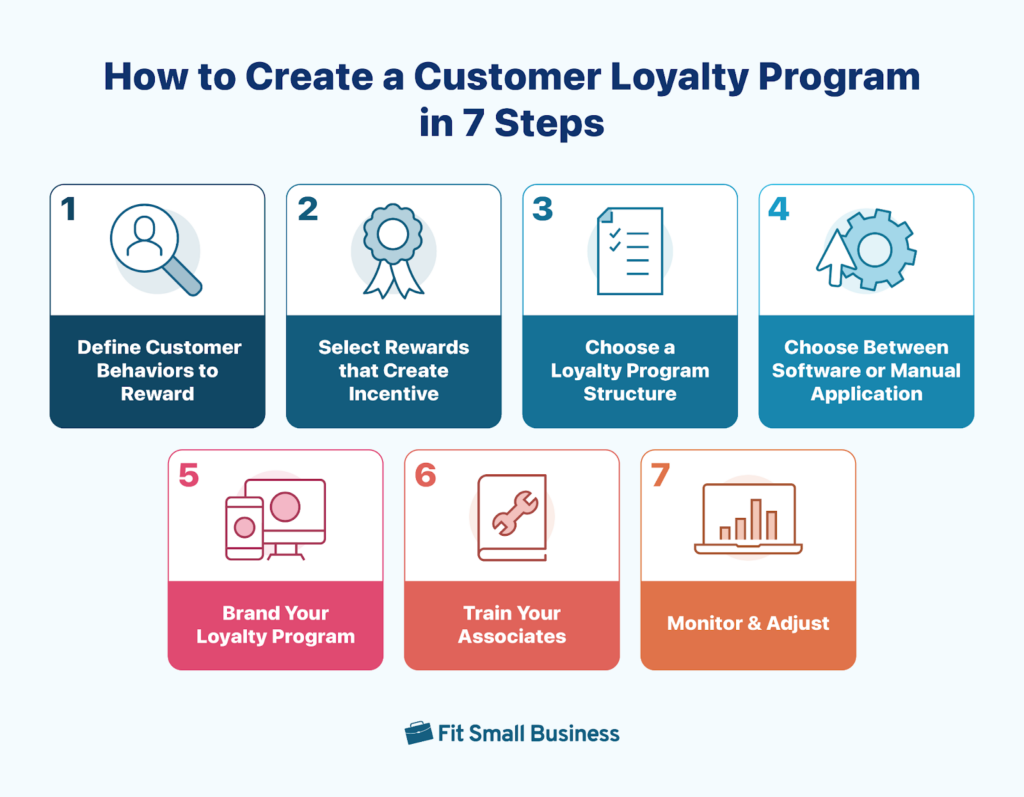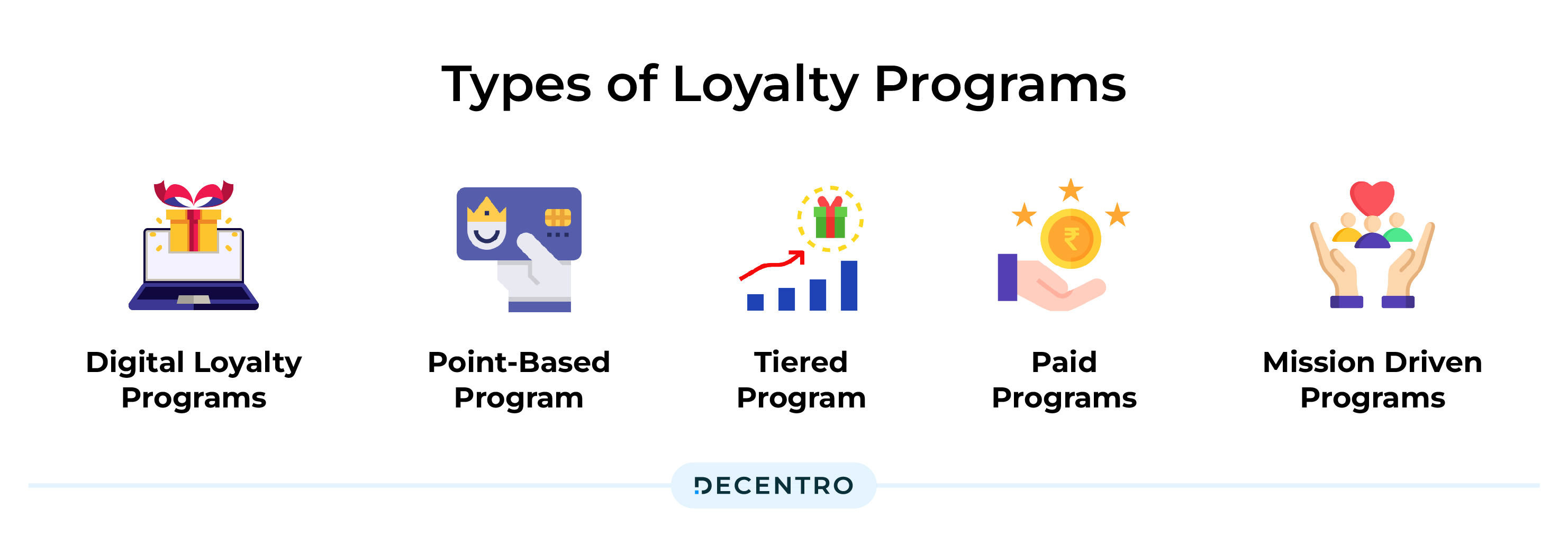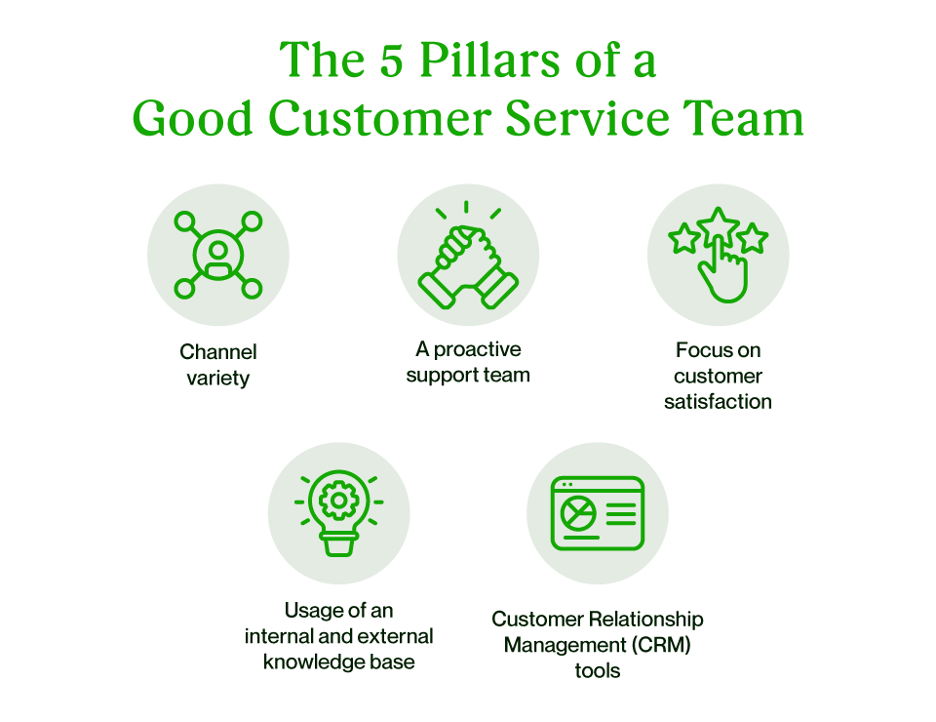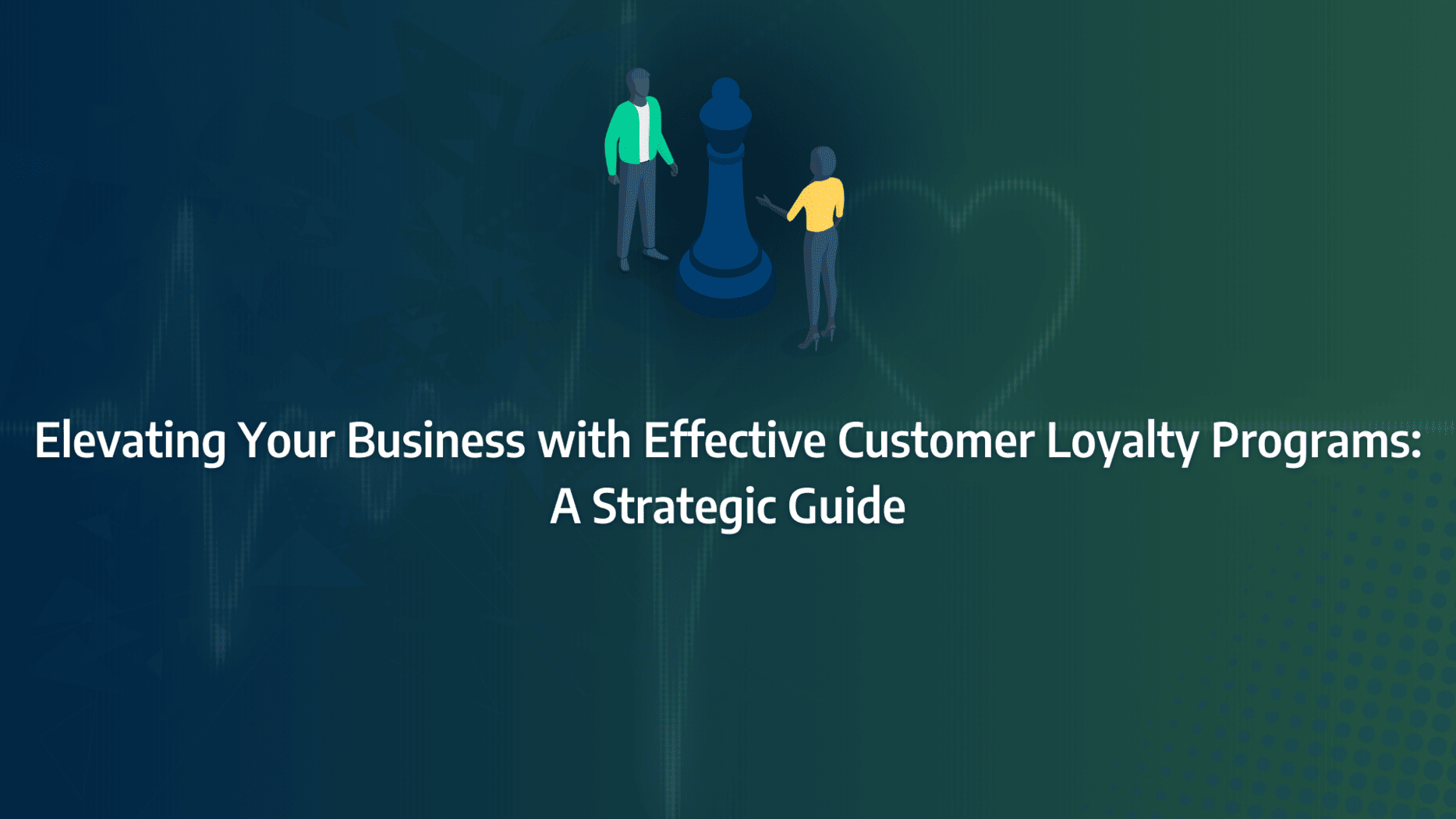Building a successful business in today’s competitive landscape isn’t just about acquiring new customers—it’s about keeping them. The key to achieving this? A well-crafted customer loyalty program. But, as many businesses have discovered, creating an effective loyalty program that genuinely resonates with customers and drives long-term engagement is no simple task. It requires a deep understanding of customer behaviour, strategic alignment with business goals, and a commitment to continuous optimisation.
In this guide, you’ll uncover the strategies that top-performing companies use to create loyalty programs that not only retain customers but also transform them into brand advocates. From leveraging data to personalise experiences to implementing reward structures that truly incentivise, this post will equip you with the insights needed to elevate your customer loyalty strategy. Ready to transform your customer retention efforts? Let’s dive in.
- Understand Customer Loyalty: Recognise the critical role that customer loyalty plays in driving long-term business success and aligning your loyalty program with strategic goals.
- Leverage Psychology: Utilise both emotional and rational triggers in your loyalty program to influence customer behaviour and deepen engagement.
- Implement Effective Strategies: Adopt proven strategies such as personalisation, data-driven insights, and well-structured reward systems to enhance the effectiveness of your loyalty program.
- Learn from Success: Study real-world examples of successful loyalty programs to understand what works and how you can apply these insights to your business.
- Track and Optimise: Regularly measure the success of your loyalty program through key metrics and KPIs, making adjustments as needed to maximise results.
- Avoid Common Pitfalls: Be aware of the challenges and potential pitfalls when implementing a loyalty program, and have strategies in place to overcome them.
- Stay Ahead of Trends: Keep up with emerging trends in customer loyalty to ensure your program remains relevant and effective in the ever-evolving market.
What Are Customer Loyalty Programmes?
Customer loyalty programmes, sponsored by retailers and other businesses, offer rewards, discounts, and special incentives to attract and retain customers. These programmes are designed to encourage repeat business by offering rewards for store or brand loyalty. Typically, the more frequently a customer patronises the merchant and the more they spend, the greater their rewards.
Loyalty programmes operate by providing incentives for customers to purchase from or engage with a company. The aim is to retain customers, increase customer lifetime value, and show customer appreciation.
What Matters Most?
In our work, shifting from transactional to emotional loyalty is key to building lasting customer relationships. Clients often discover that by focusing on creating personalised, memorable experiences rather than just rewarding purchases, they can foster deeper engagement. Prioritising customer lifetime value (CLV) is another crucial element; when loyalty programmes are designed around high-value customers, they tend to deliver stronger long-term results. We typically see that integrating loyalty programmes across omnichannel strategies ensures a seamless experience, which is vital for maintaining consistency and building trust with customers across all interactions, both online and offline.Get In Touch
General Process of Implementing a Loyalty Programme:
- A customer makes a purchase or engages with the company.
- The company prompts the customer to sign up for its loyalty programme.
- The customer signs up using their information (phone number, email, etc.).
- The customer receives rewards for purchases or through promotional materials.
Customers can redeem points for discounts or gifts in a points programme, while subscription programmes reward customers when they subscribe. Many businesses use a combination of different types of customer loyalty programmes. Let’s explore the benefits and various types of loyalty programmes in more detail.

What are the key benefits of implementing a customer loyalty programme?
Stop Competing Purely on Price
In today’s market, discerning shoppers can compare hundreds of prices with just a few clicks. If they only consider the products you sell and not your store and brand, you’ll find yourself in a pricing race to the bottom, often losing out to larger stores like Amazon. One of the biggest benefits of a customer loyalty programme is that it helps you avoid competing solely on price. By connecting with your customers emotionally, you differentiate your store and brand, offering a much more enhanced and personal customer experience.
Increase Customer Lifetime Value (CLV)
Customer lifetime value (CLV) is the net profit attributed to the overall relationship you maintain with a customer. It tracks how valuable a customer is to you now and how much this ongoing bond might be worth in the future. A well-implemented loyalty programme improves CLV by increasing the average order value and the purchasing frequency of your customers. Your customers will spend more money, more frequently, and stay with you for longer.
Gather More Customer Data
Loyalty programmes are excellent tools for gathering customer data. Every interaction, from purchase history to reward redemption patterns, provides insights into customer behaviour. Additionally, you can reward customers for sharing specific data with you. For example, offering birthday rewards where you send your customer a treat on their birthday in exchange for them sharing their birthdate with you.
What are the different types of customer loyalty programmes available?
Not all customer loyalty programmes are the same. Each type of rewards programme has unique benefits that can help you build customer loyalty and encourage repeat business.

Here are some of the most effective types:
- Points-Based Loyalty Programmes: Points-based loyalty programmes are among the most popular types. These programmes allow customers to earn points for their purchases and other interactions, such as sharing on social media, leaving reviews, celebrating birthdays, or participating in gamification activities. These points can be redeemed for rewards like freebies, cashback, and perks. Implementing a loyalty programme with a points system can significantly boost customer engagement and retention.
- Tiered Loyalty Programmes: Tiered loyalty programmes reward customers based on their level of engagement or spending. Members are placed into different tiers, with higher tiers offering more exclusive rewards. This structure motivates customers to spend more and engage more deeply to reach higher tiers. A tiered loyalty programme strategy helps drive increased customer loyalty and sustained engagement.
- Paid Loyalty Programmes: Paid loyalty programmes require customers to pay a fee for immediate and ongoing benefits. These programmes can include one-time fees or recurring subscriptions. An example of a successful paid loyalty programme is Amazon Prime, which offers members numerous benefits that justify the cost. While this model may seem challenging to replicate, it can be highly effective for various business types. Implementing a paid loyalty programme can provide substantial long-term benefits and improve customer retention.
- Value-Based Loyalty Programmes: Value-based loyalty programmes connect with customers on an emotional level by donating a percentage of their purchases to charity. Customers can often choose which charity to support, aligning the programme with their personal values. This type of loyalty programme does not offer direct rewards to customers but builds a strong emotional bond by contributing to causes they care about.
Source: The Aberdeen Group
To design a successful loyalty programme strategy, consider surveying your customers to understand their preferences and expectations. This feedback can guide you in creating a rewards programme that meets their needs and fosters long-term loyalty.
How do successful brands design effective loyalty programmes?
Starbucks® Rewards
Starbucks® Rewards exemplifies a successful customer loyalty program with over 40 million members. The simplicity of this loyalty programme is its strength: customers purchase coffee using an app and accumulate stars (points). These stars can then be redeemed for free drinks, food, priority service, and birthday bonuses.
Beauty Insider by Sephora
Launched in 2007, Beauty Insider by Sephora set a new standard for loyalty programmes. Unlike other brands, Sephora allowed customers to choose their gifts and bonuses. The programme now includes three tiers—Insider, VIB, and Rouge—categorised by spending. This tiered loyalty programme strategy effectively encourages higher spending and customer engagement.
Dollar Shave Club
Dollar Shave Club employs a subscription-based loyalty programme, which differentiates it slightly from traditional loyalty programmes. This approach required the creation of a personalised loyalty programme with unique benefits and rewards that keep customers deeply engaged with the brand. The result is a sustainable customer loyalty programme that builds long-term relationships with each customer.
Source: Bond Brand Loyalty
The Body Shop
With over 80% of Millennials loyal to businesses that share their values, mission-driven loyalty programmes have become increasingly popular. The Body Shop’s loyalty programme allows customers to earn points, access exclusive events, receive birthday gifts, and enjoy special offers. This value-based loyalty programme not only rewards customers but also aligns with their values, making their purchases feel more meaningful.
Chipotle Rewards
Chipotle’s point-based loyalty programme capitalises on the universal love for free food. Customers can earn points by joining the loyalty programme, purchasing products, and on special occasions like birthdays. Additionally, Chipotle offers extra point days, allowing customers to earn points faster and redeem rewards sooner. This customer loyalty programme is a prime example of how offering tangible rewards can drive customer engagement and satisfaction.
Customer Loyalty Programme Best Practices
Identify How You Will Measure Success
Defining your business objectives is only the first step in implementing a loyalty programme. To truly understand if your customer loyalty programme is effective, you need to measure its success through detailed analytics. Tracking specific metrics will provide insights into how well your loyalty programme is performing.
Use Simple Rules
A successful loyalty programme is based on simple rules and minimal restrictions. Simplicity encourages customer participation. Focus on what you can consistently offer rather than making promises you can’t keep. Publicising offers that are not available can damage your reputation and erode customer trust.
Ensure your customer loyalty programme promises only what you can deliver, maintaining trust and reliability.
Offer Choices
An effective loyalty programme provides a variety of services and rewards to customers, allowing you to learn more about their preferences. Offering different types of rewards based on customers’ short-term or long-term behaviours helps businesses understand what influences their purchasing decisions.
By offering choices, you can gain insights into individual customer preferences, enhancing your ability to tailor your loyalty programme strategy effectively.
Provide a Quality Shopping Experience
Reflecting what customers want from the retail experience is crucial in a customer loyalty programme. Understanding your loyal customers’ likes, dislikes, behaviour, and the factors influencing their return to your brand is essential. This requires a significant effort to create a rewarding customer loyalty programme that builds a satisfying shopping experience.
A high-quality shopping experience, supported by excellent customer services and relevant inventory, leads to a loyal fan base and valuable word-of-mouth publicity, driving business growth.

Perks
In a perks programme, there are no points systems, tiers, or progression incentives. Instead, members enjoy all benefits upon enrolment. B2B companies can use the perks approach to create a VIP club for their clients. Engagement can be maintained through surveys or prize draws, but if partners do not make a purchase within a specified timeframe, they lose membership access.
Tiers
Tiered progression in a loyalty programme typically depends on spending or points. However, there is a less common category: invitations. For B2B companies, this means customers are directly placed into a tier based on the volume of their deals. Higher tier levels naturally offer better rewards, and clients can downgrade or upgrade during subsequent orders.
By implementing these best practices, you can create a robust customer loyalty programme strategy that not only retains customers but also drives long-term engagement and satisfaction.
Our Tactical Recommendations
We typically see using real-time data to dynamically adjust rewards makes loyalty programmes much more relevant to customers’ evolving needs. Clients often find that gamification strategies, when implemented effectively, create excitement and significantly boost participation. Additionally, recognising and rewarding multi-platform engagement is a powerful tactic; when customers feel their actions—whether in-store or online—are valued across the board, it builds a unified sense of loyalty.Get In Touch
What are the common pitfalls to avoid when creating loyalty programmes?
Wasting Data
A significant challenge in building an effective customer loyalty programme is the improper analysis of the programme’s data. Neglecting data evaluation can lead to undetected issues and the loss of valuable insights into customer behaviour, ultimately resulting in missed opportunities for increased profits. To ensure success, it is vital to regularly test and refine your incentive approach by experimenting with various elements such as reward value, email content, language, and timing. This continuous process helps identify the most effective strategies for boosting conversion rates.
Key metrics to track include conversion rates for acquisition and referral strategies, reactivation rates for win-back campaigns, and customer spending rates for retention efforts. By thoroughly analysing this data, you can gain a comprehensive understanding of the customer journey and what motivates customers to become loyal brand advocates. Even a well-structured loyalty programme requires ongoing evaluation and adjustment to maintain its effectiveness and ensure long-term success.
Being Too Fixated on Corporate Goals
A common issue with B2B loyalty programmes is focusing too much on corporate goals at the expense of customer benefits. Clients may abandon a customer loyalty programme if they perceive no real value in it. While businesses gain additional revenue from purchases, the loyalty programme must also offer tangible rewards to the customers. Successful incentive-based loyalty programmes work as mutually beneficial partnerships. It is vital to define and communicate the value offered to customers, whether it’s through a loyalty programme strategy to boost sales, increase customer lifetime value, or expand product reach. Overemphasis on business demands can alienate customers.
Limited Redemption Options
Providing a broad range of redemption options is crucial for the effectiveness of a customer loyalty programme. B2B channel partners highly value the flexibility to choose rewards that are meaningful and relevant to them. If the programme lacks variety in redemption choices, it can seem restrictive or less valuable, leading to dissatisfaction and decreased engagement.
To avoid this issue, offer a diverse selection of redemption options that cater to the varied needs and preferences of your B2B partners. This might include product discounts, various e-vouchers, exclusive experiences, physical items, or even charitable donations. By providing a wide array of choices, partners can select rewards that are personally significant, thereby boosting their motivation to actively participate in the programme.
Neglecting Personalisation and Customisation
B2B partners generally expect tailored experiences that cater to their unique preferences, needs, and business objectives. Personalisation and customisation allow partners to have control over their loyalty programme experience. Neglecting these aspects can lead to a one-size-fits-all approach that fails to resonate with partners, resulting in generic communications, irrelevant rewards, and a lack of connection to the loyalty programme. This ultimately diminishes the programme’s effectiveness and limits its ability to foster long-term loyalty and engagement.
To avoid neglecting personalisation and customisation, invest in a robust loyalty platform that offers comprehensive personalisation and customisation features. The right loyalty platform is crucial as it acts as the engine behind the programme, enabling businesses to deliver tailored experiences and rewards to their B2B partners. This level of customisation helps ensure that each partner feels valued and understood, fostering stronger loyalty and engagement.







